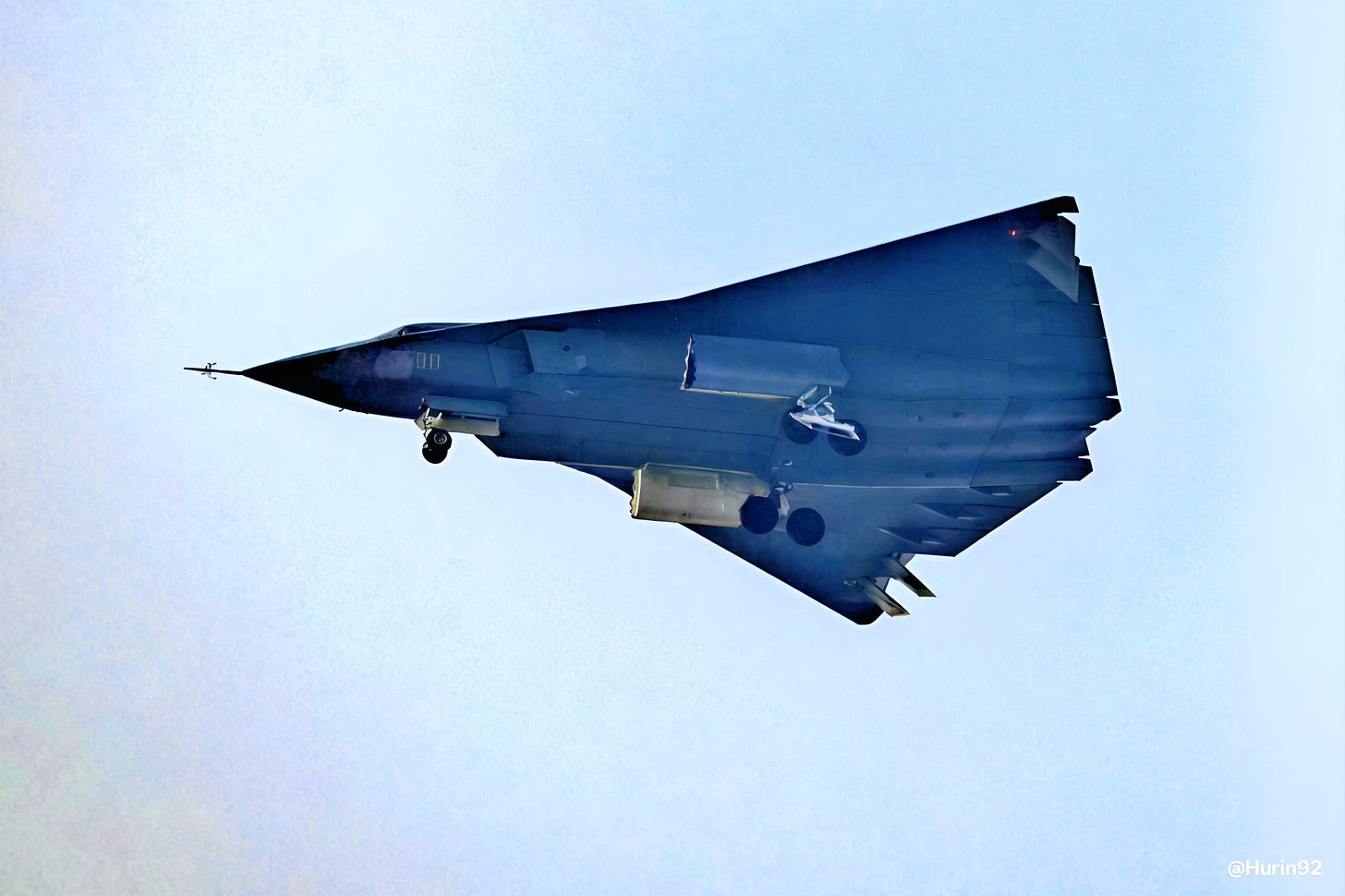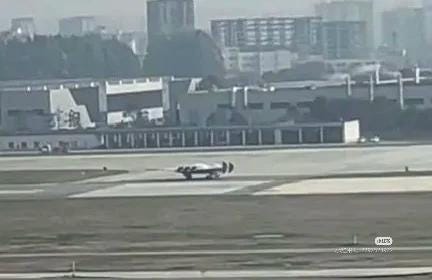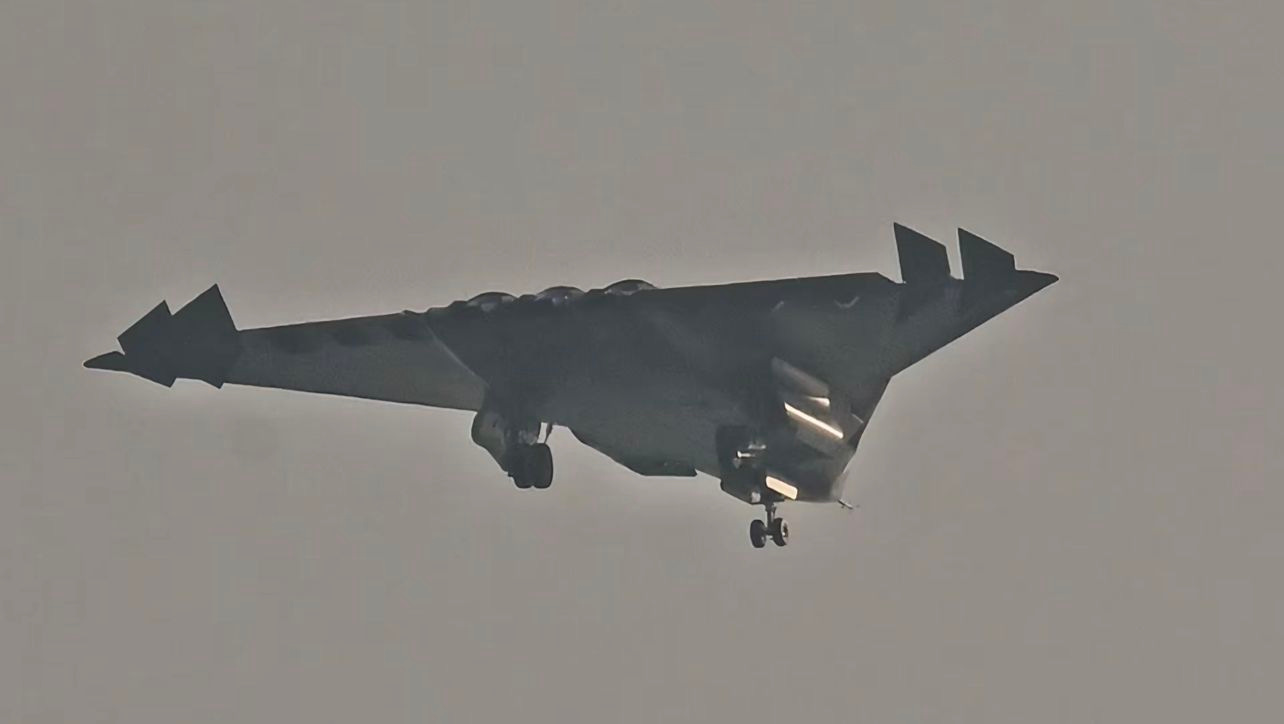Is the J-36 China's version of NGAD?
On December 26th of 2024, footage appeared in social media of a Chinese aircraft that caught entire Aerospace community off-guard. Here is everything we know so far on the first aircraft the J-36
The Engineer's Perspective is a reader-supported publication. Sign and up and subscribe to see more in-depth Aerospace/Aeronautical Analysis!
Overview:
On December 26, 2024, China revealed two new prototype sixth-generation fighter jets, charging up the Aerospace community on social media. These aircraft represent China's latest advancements in aerospace technology and offer a glimpse into the future of air combat systems. In what will be a two part series for The Engineer’s Perspective, I will take the latest developments and open-source analysis found on the web for each aircraft and dedicate an issue to each of them.
Based on the updates and new reveals since then we'll take a more detailed look at the photographs and open-source analysis that has been compiled on the aircraft since the reveal in December of 2024 such as:
The Aircraft and their designations/possible names
Their Design Elements, Configuration, and Characteristics
Based on the information available, I will share in this edition of The Engineer’s Perspective why it is highly possible that:
The J-36 is not just a bomber, but potentially a low-observable missile truck
The possible Concept of Operations for the J-36
The Aircraft Designations and Names
The two aircraft that made their debuts at the end of 2024 appear to have tentative names, the J-36. The J-36 appears to be made by Chengdu.
The J-36 appears to have been so named as the images of the aircraft appears to have the designation 36011. This numerical designation has been seen with previous aircraft and indicate that this aircraft's potential designation is J-36. As the aircraft was seen flying in the Chengdu area with a fellow Chengdu aircraft as a chase plane. it has been assumed that this aircraft is from the Chengdu corporation:
Design Elements, Configuration, and Characteristics
Blended Wing Body and expected payload size:
The first noticeable detail about Chengdu's J-36 was it's design. A blended wing body. The blended wing body has been long considered the best tradeoff for interior volume while maintaining low-observability. This analogy can currently be seen with the United States' B-2 and upcoming B-21 bomber, both being long range bomber aircraft with significant (B-2) and expected-to-be significant (B-21) payloads.
Size:

The next noticeable thing about Chendu's J-36 was its immediate size. A Chengdu J-20 - considered one of the larger fighters today, was the J-36's chase plane and could be easily compared. The J-36 was significantly larger overall. Some analysts have speculated that the J-36 is similar in size to the F-111 Aardvark, a large fighter-bomber.
Engines:
Triple engine configuration - The aircraft has an unusual arrangement of three engines as opposed to two which is characteristic of most aircraft nowadays. Images of the aircraft on the tarmac prior to takeoff have been seen, indicating the presence of three engines:
Certain angles of the aircraft in the air also show the three engine nozzles:
Engine Speculation
Engine speculation has been made about the engines so far:
Two of the engines are for supercruise, while the third, middle engine is used for takeoff, and then is closed afterwards, allowing the other two engines to then supercruise for fuel savings.
The necessity of speeding up the testing of the aircraft and China's relatively nascent engine manufacturing capability resulted in the use of three engines for this aircraft. However, the three-engine setup would be temporary until the true engines for the aircraft become available, and the aircraft would then be reconfigured for only two engines.
Three engines are needed to generate the needs for directed energy weapons such as lasers or microwave weapons.
There is another, possible speculation that the 3rd, overhead inlet is a is a diverterless supersonic inlet (DSI), similar to what seen on the F-35:
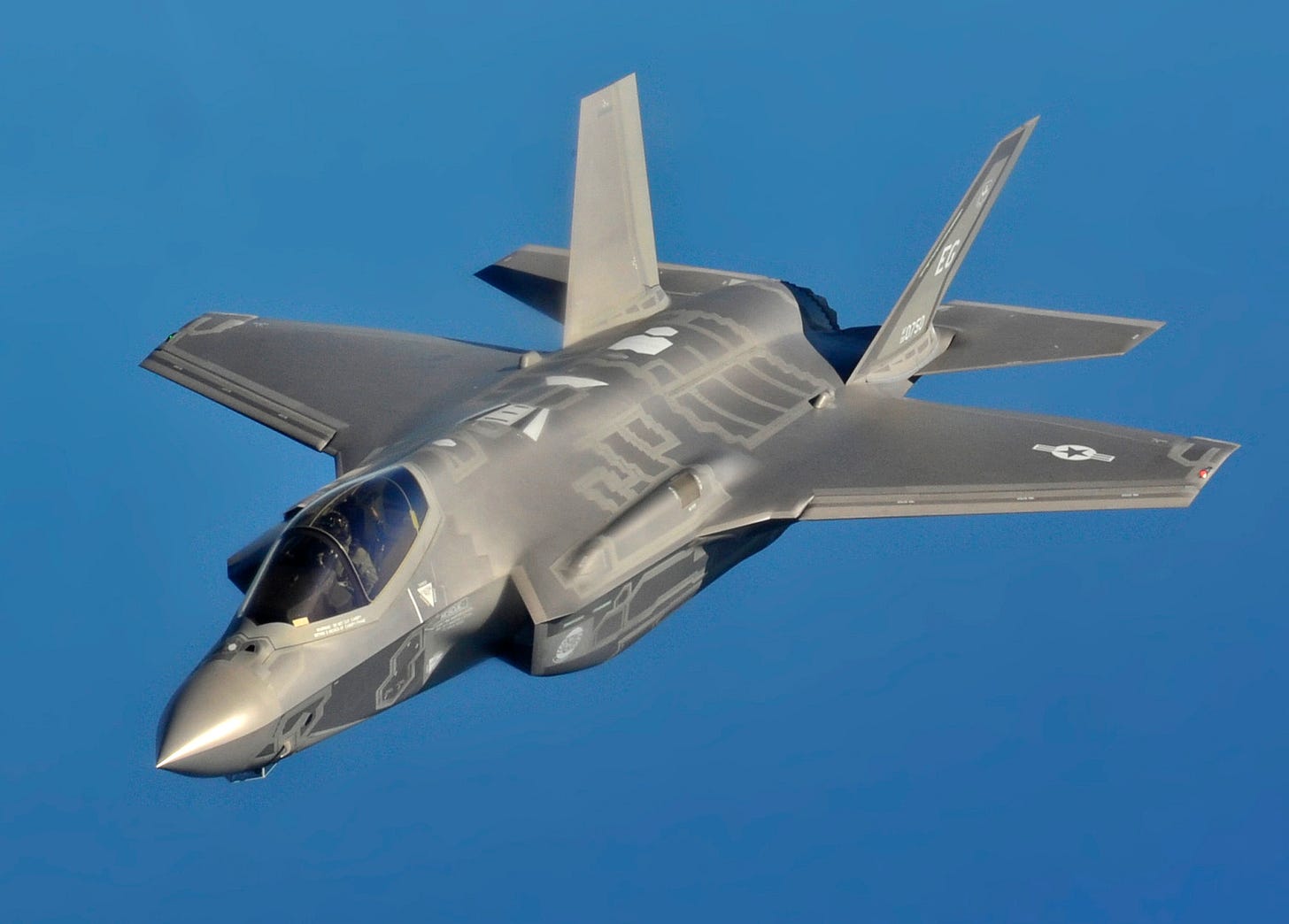
Image of the F-35 showing its Diverterless Supersonic Inlet (DSI), characterized by a "bump" and a forward-swept inlet cowl to redirect boundary layer air away from the engine (Wikipedia) Although the inlet design has not been confirmed, this does seem possible from this view of the J-36 from the side:
Aperture:
The sides of the fuselage appeared in photos to be apertures for either Electro-Optical Targeting systems or additional Radars as is seen in this image with the apertures circled in red at the front of the fuselage:

This could indicate an increase desire for more sensors and thus situational awareness for the aircraft’s pilots. Side apertures such as these have been seen on the Su-57:
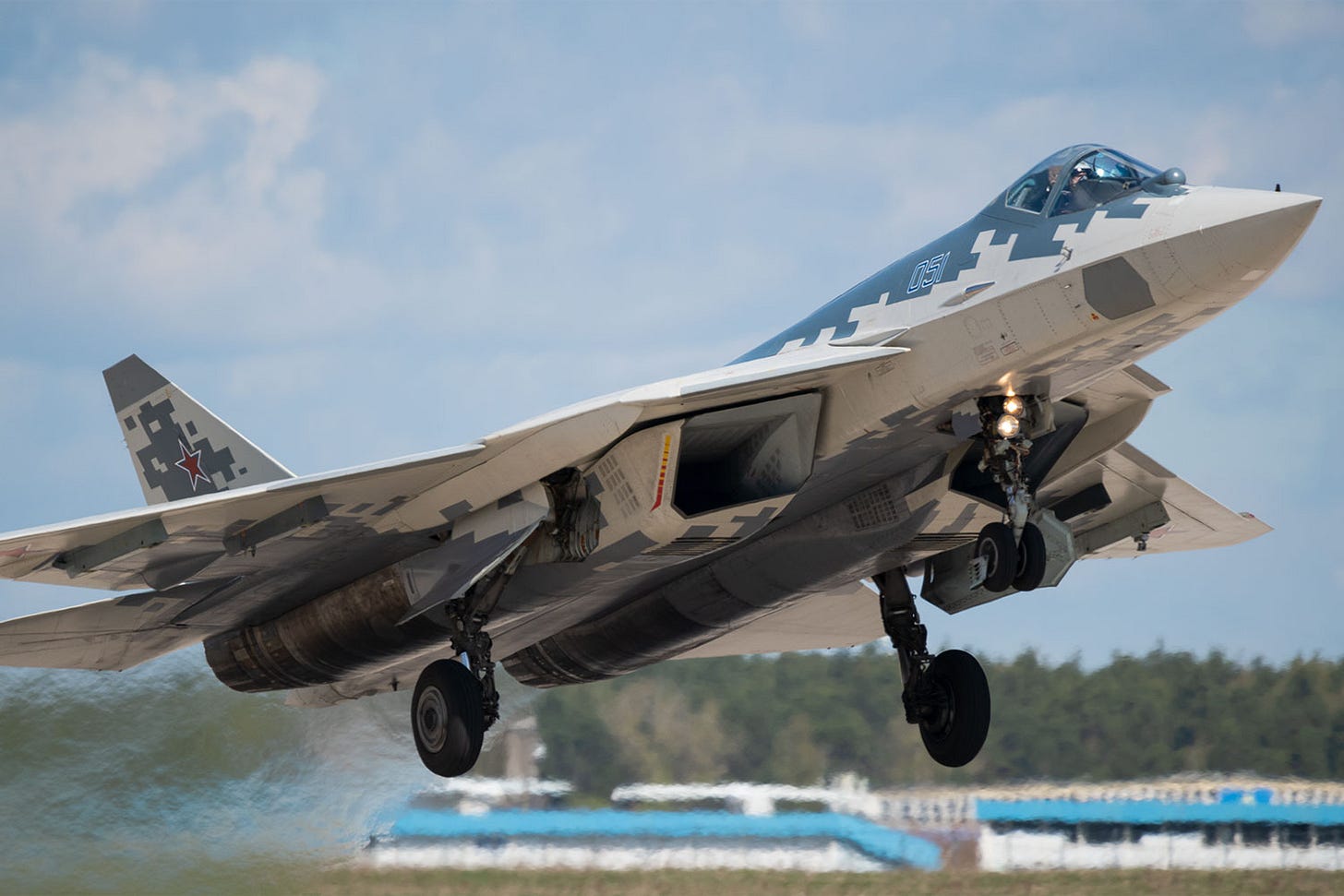
Radar:
As expected from the expanded size of the aircraft, the fuselage is expected to house a larger radar than even the J-20. This radar is also expected to be an active electronically scanned array (AESA) style radar similar to what the U.S. is utilizing with their latest fighters. The capabilities of China’s AESA radars are not quite known at this time.
Implications and Future Considerations - A Bomber AND Air Superiority Fighter?
Based on the physical dimensions (payload capacity), control surfaces of the aircraft, along with the the words from the aircraft’s designer, there is a serious implication that the J-36 may be utilized as a stealth bomber and air-superiority aircraft:
Keep reading with a 7-day free trial
Subscribe to The Engineer's Perspective to keep reading this post and get 7 days of free access to the full post archives.


